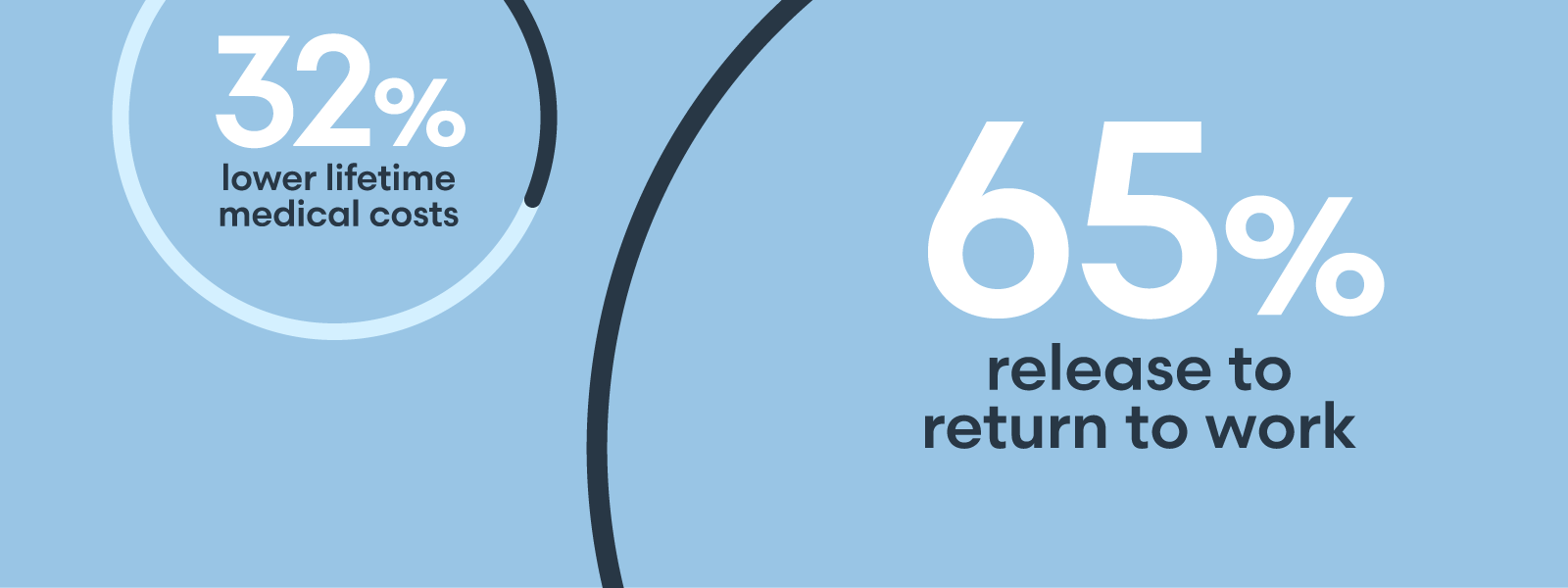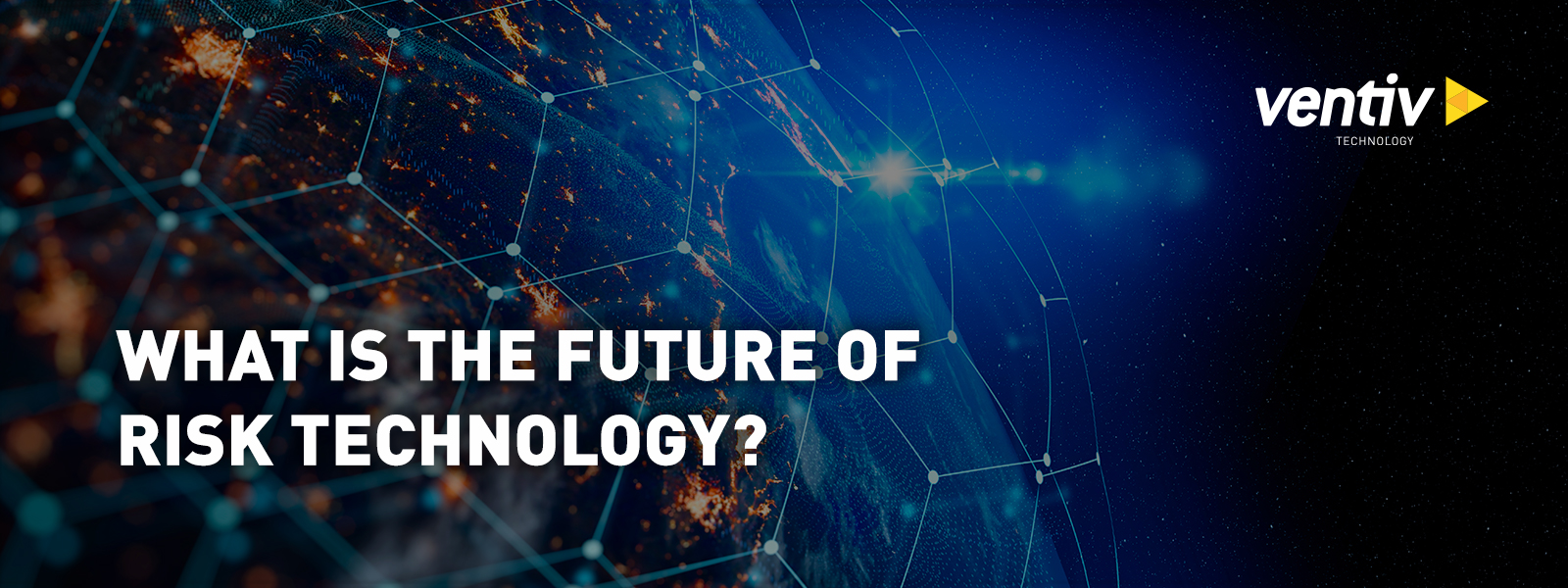

If we only see risk as a combination of frequency, severity, probability and cost, that limited view does not offer a true picture of a business' potential for loss as well as growth or profit. A holistic perspective on risk encompasses not just the downside, but also the upside. Advances in technology, infused with business expertise, are enabling organizations to adopt this holistic viewpoint. While not all risk can be avoided, transferred or insured, such as strategic risk, technology-enabled risk management empowers risk owners to better identify risk and make informed decisions to avoid, retain or transfer the risk, or even profit from it by charging the customer for it.
In the past, risk professionals used qualitative methods or at best relied on manual sources of data, eventually shifting to spreadsheets, which were effectively the first risk management information systems. A fundamental problem with spreadsheets is that they don't show all the relevant data for making risk management decisions. Further advances that introduced commercial RMIS compiled data in one place from multiple sources, but the current generation of this technology has limitations: typical systems only use the organization's own risk data.Value in risk quantification
Value in digital integration
The future of risk management offers exciting possibilities for innovation in risk assessment, risk financing and how insurance is transacted. In the next few years, integrators and connectors will merge the domains of data, analytics and business expertise and make risk management even more valuable in differentiating business offerings, and driving and sustaining profitable growth. Investing in automation of the entire risk management process including risk identification, pattern recognition and straight-through claims processing will further help businesses be competitive.

Salil Donde is the chief executive officer of Ventiv Technology, a leading global provider of risk, insurance and underwriting technology.
Lorem ipsum dolor sit amet, consectetur adipisicing elit, sed do eiusmod tempor incididunt ut labore et dolore magna aliqua. Ut enim ad minim veniam, quis nostrud exercitation ullamco laboris nisi ut.
Lorem ipsum dolor sit amet, consectetur adipisicing, sed do eiusmod tempor incididunt ut labore et dolore magna aliqua. Ut enim ad minim veniam, quis nostrud exercitation ullamco laboris nisi ut. Ut ad minim veniam.
Vestibulum ante ipsum primis in faucibus orci luctus etel ultrices posuere cubilia Curae.
Lorem ipsum dolor sit amet, consectetur adipisicing elit, sed do eiusmod tempor incididunt ut labore et dolore magna aliqua. Ut enim ad minim veniam, quis nostrud exercitation ullamco laboris nisi ut.
Sed ut perspiciatis unde omnis iste natus error sit voluptatem!
Nemo enim ipsam voluptatem quia voluptas sit odit aut fugit!
Ut enim ad minima veniam, quis nostrum exercitationem ullam!

"Et harum quidem rerum facilis est et expedita distinctio!"

"Nam libero tempore, cum soluta nobis est eligendi."

"Temporibus autem quibusdam et aut officiis debitis!"